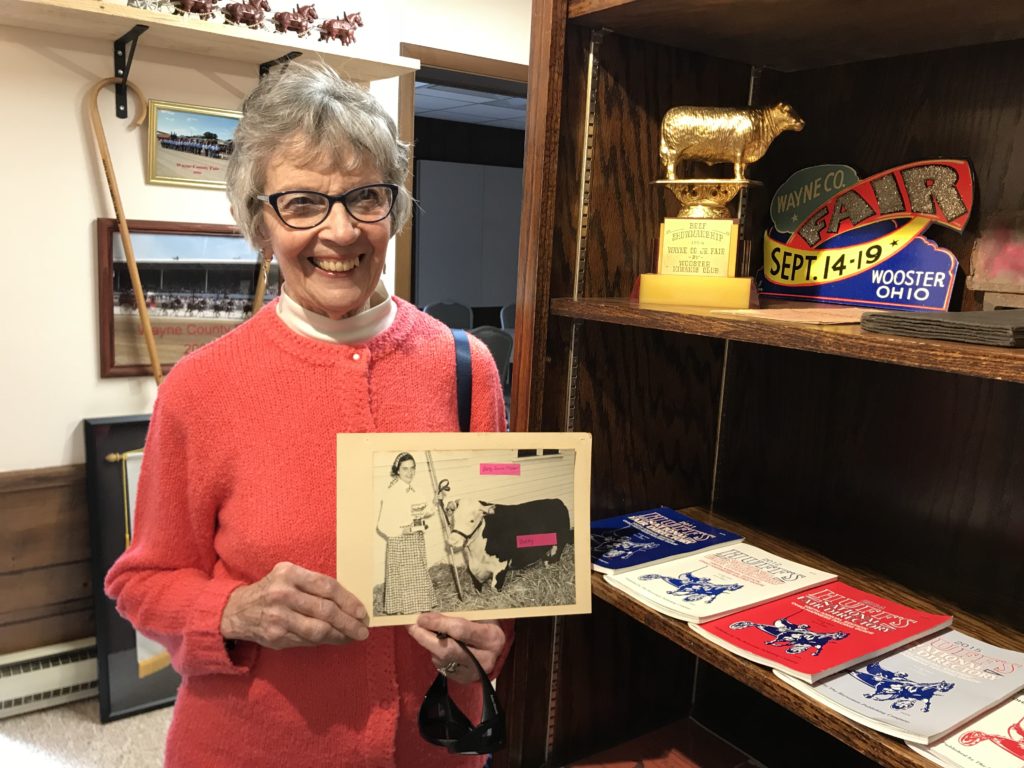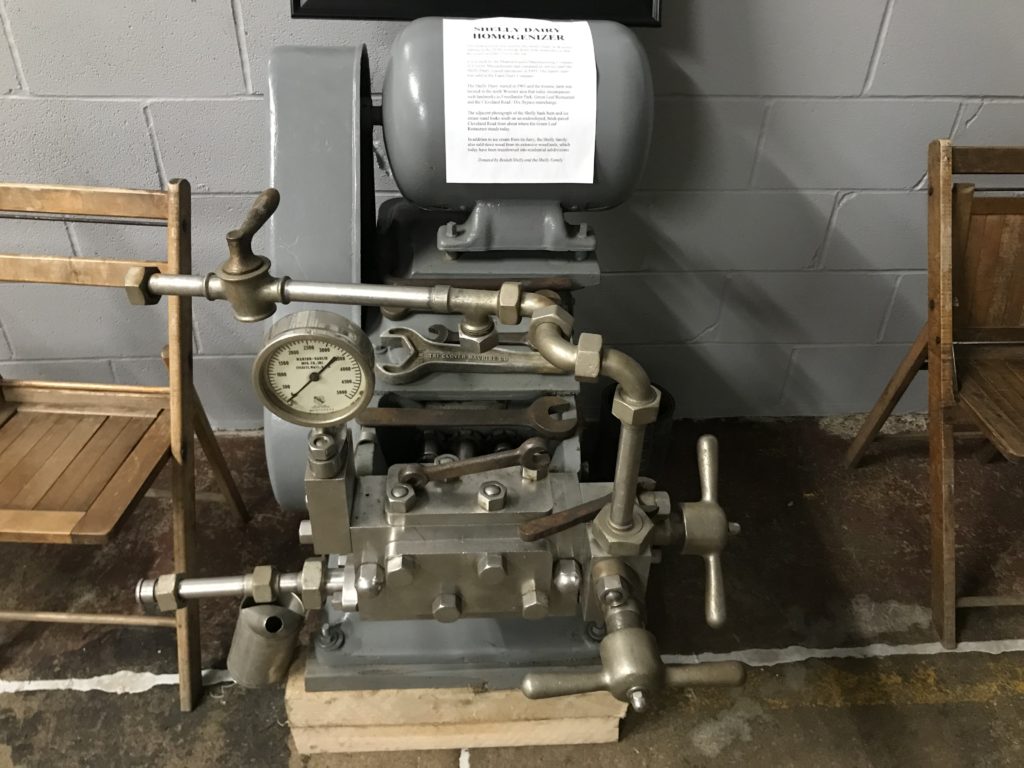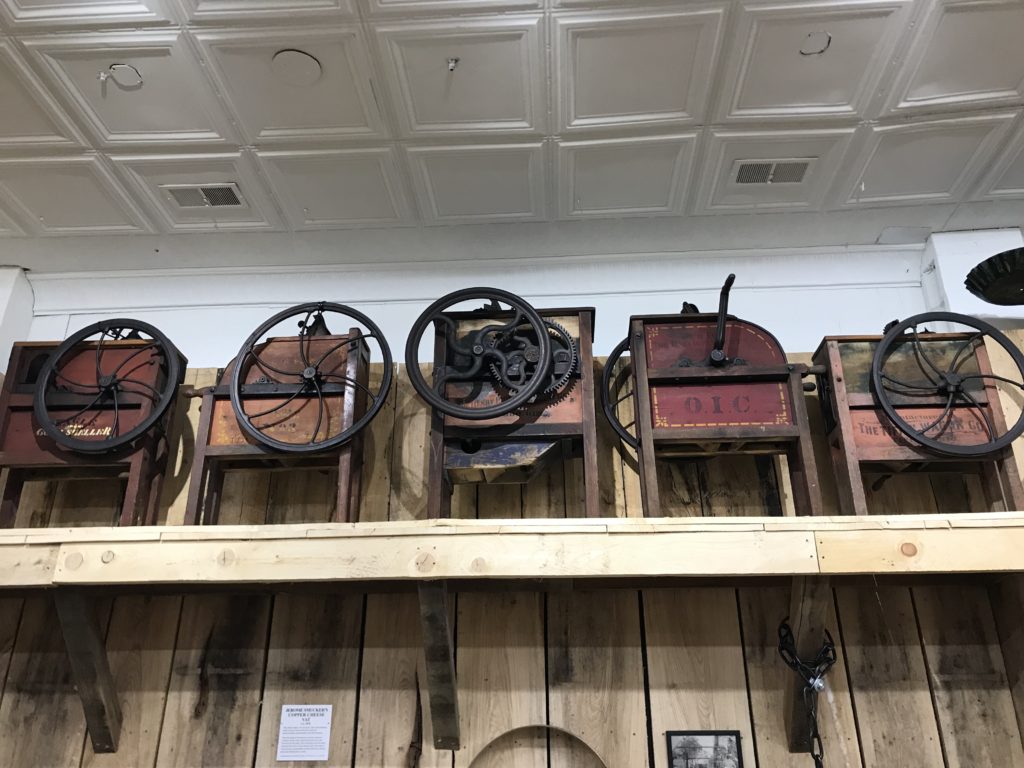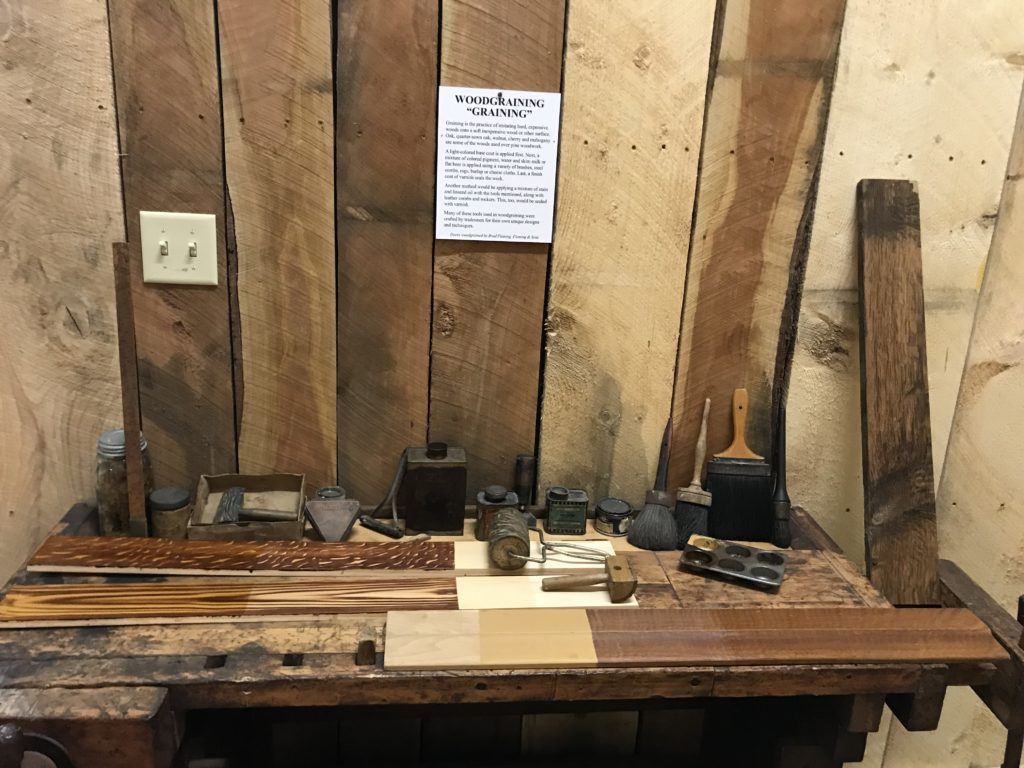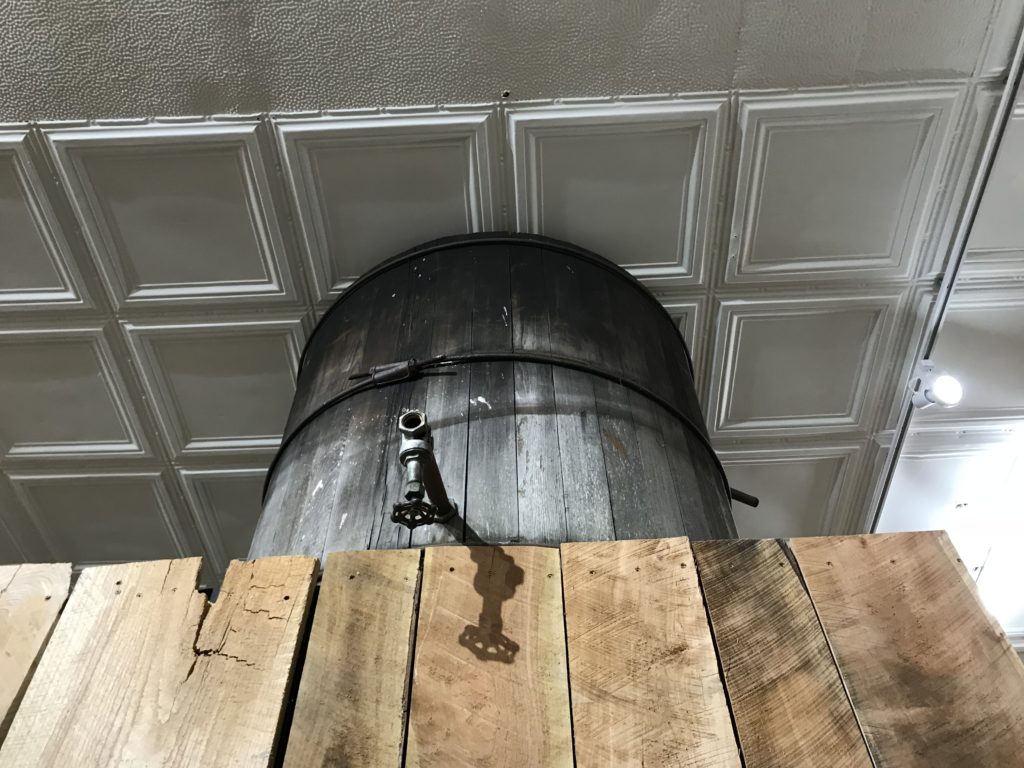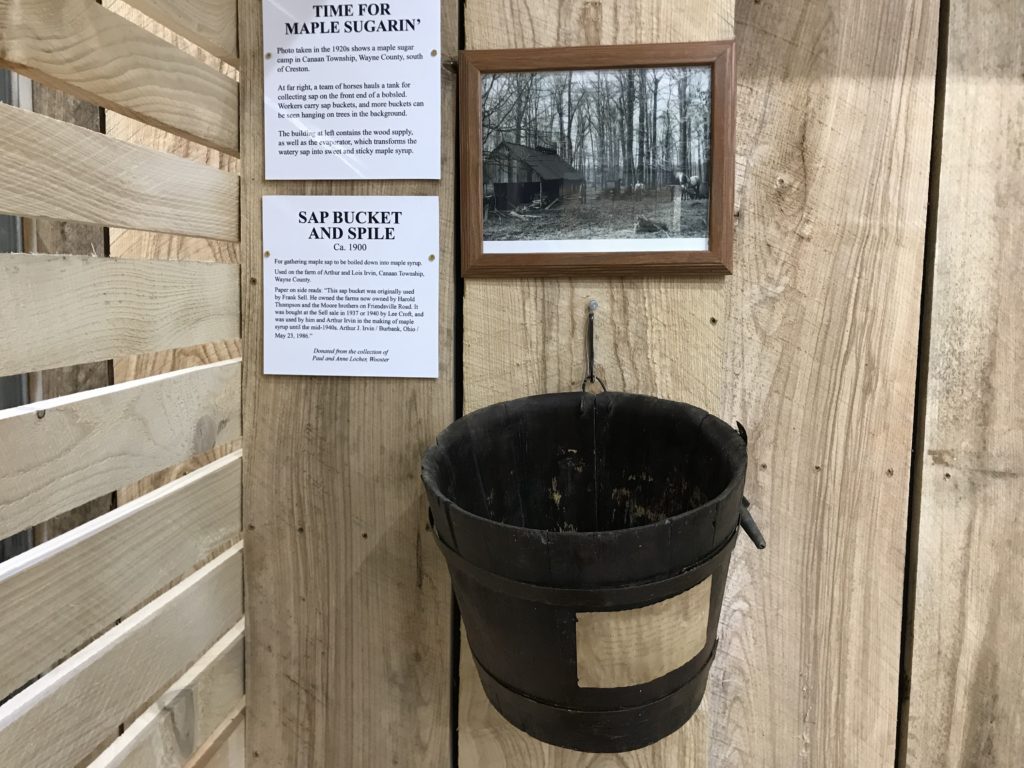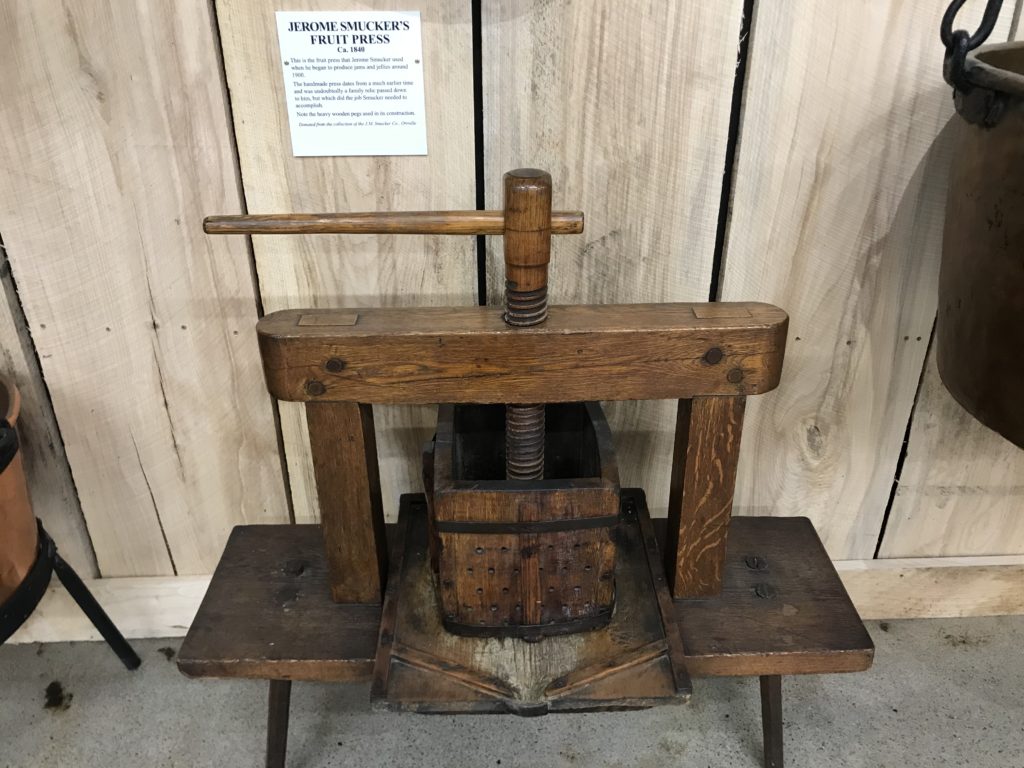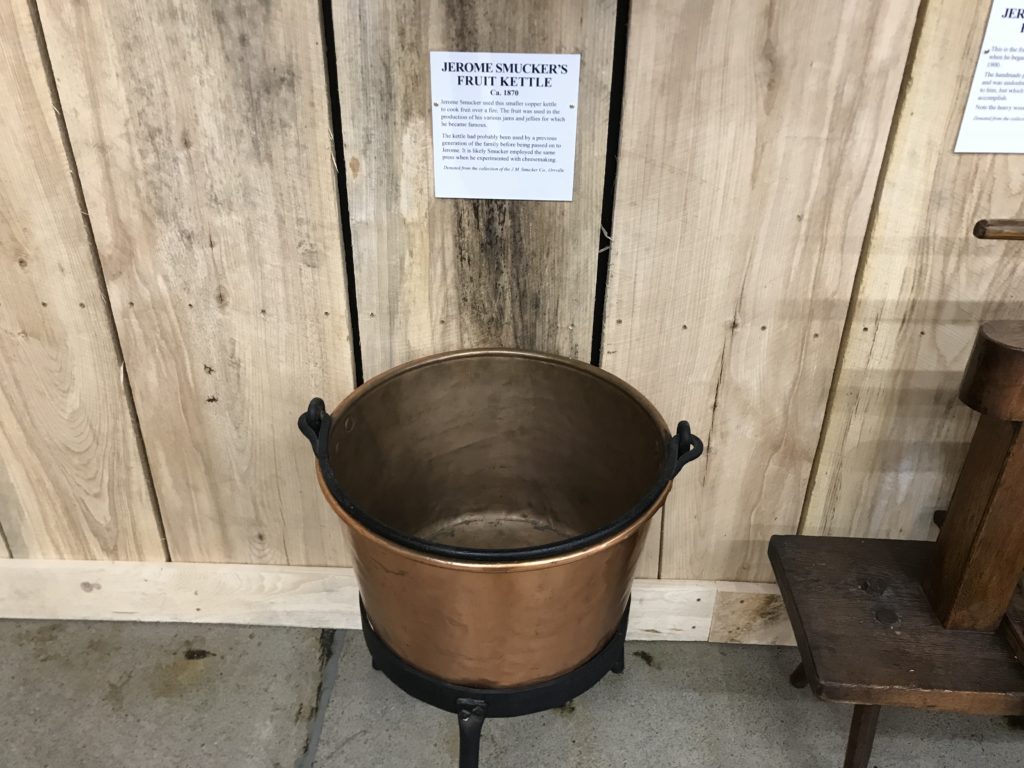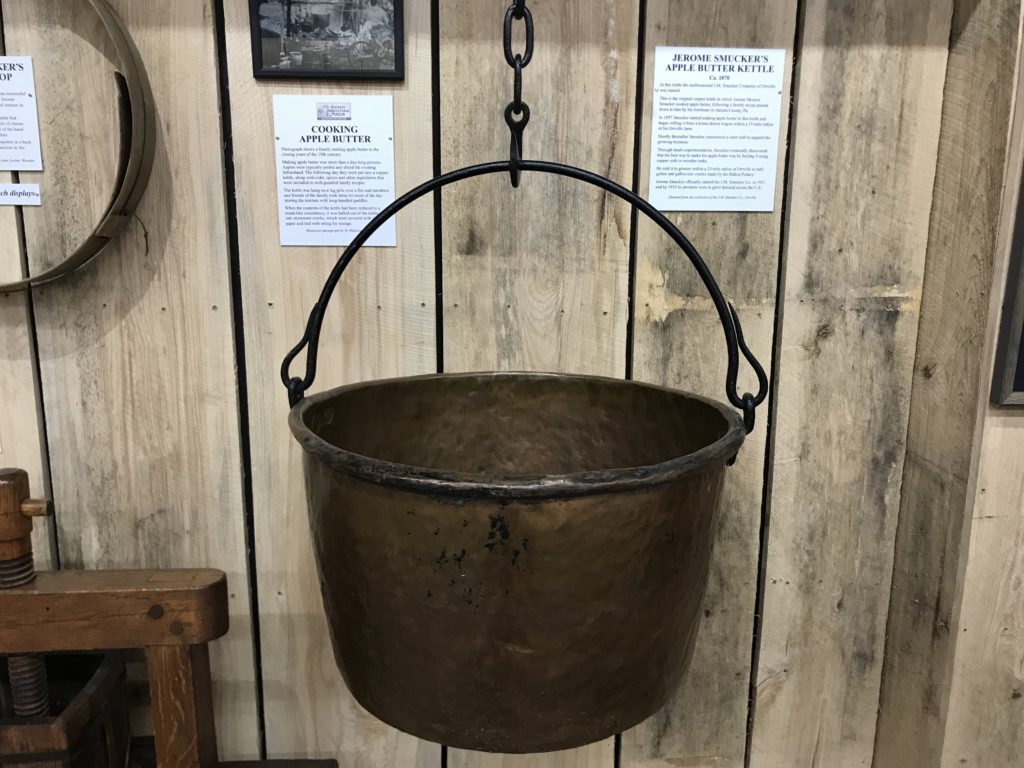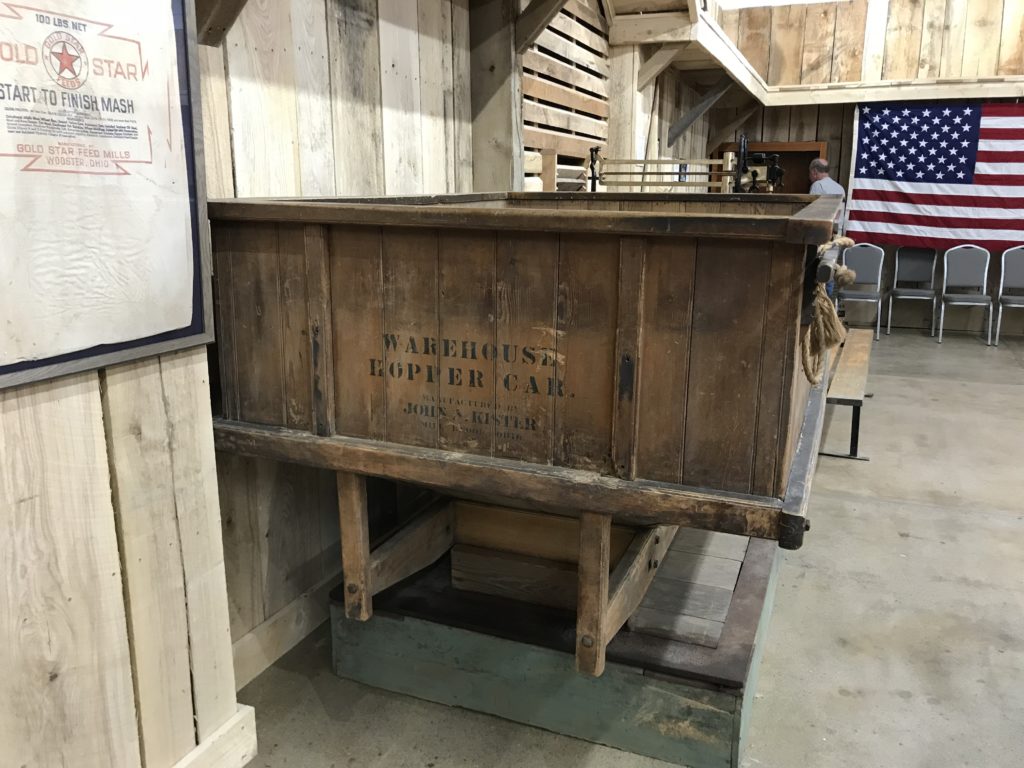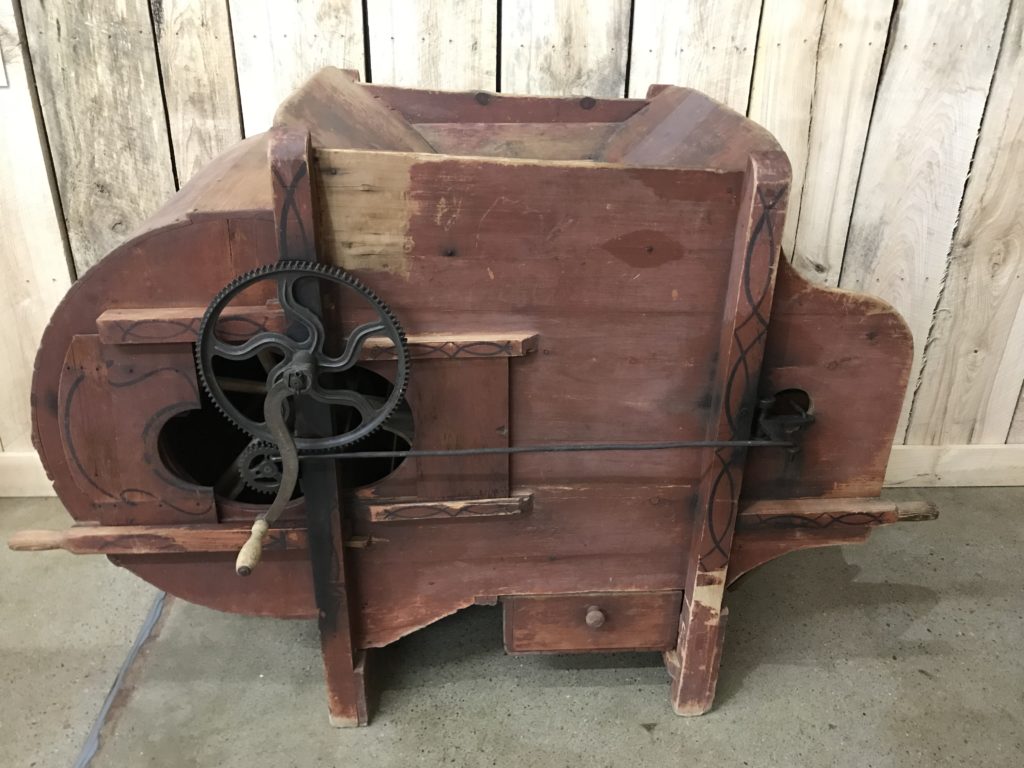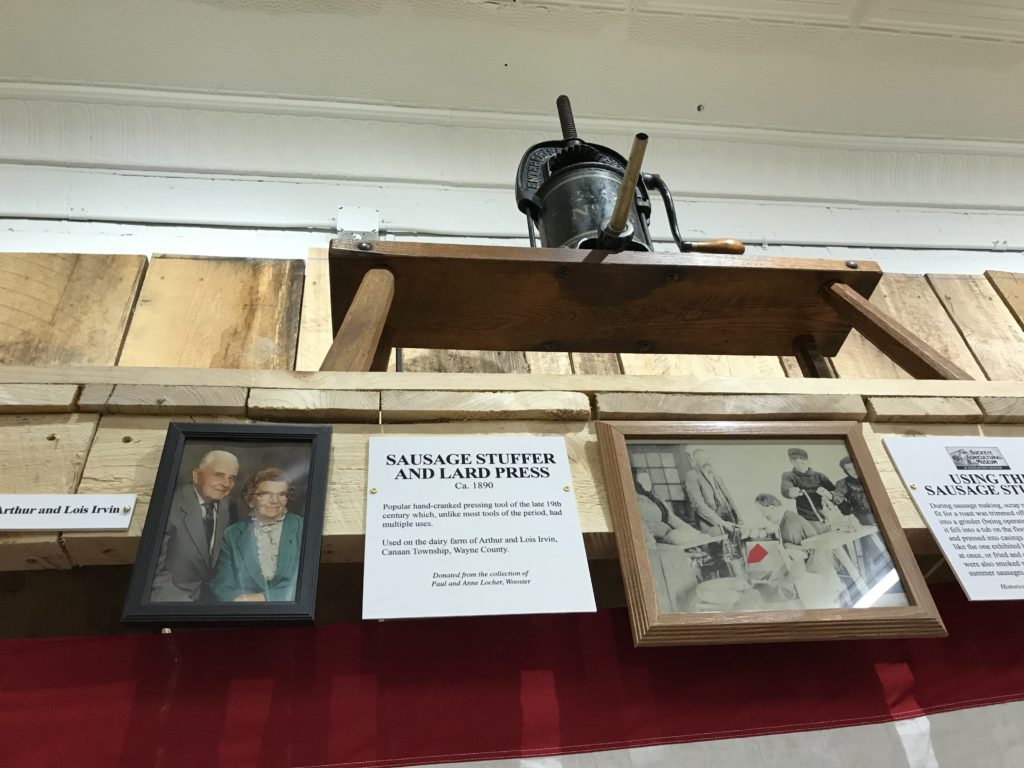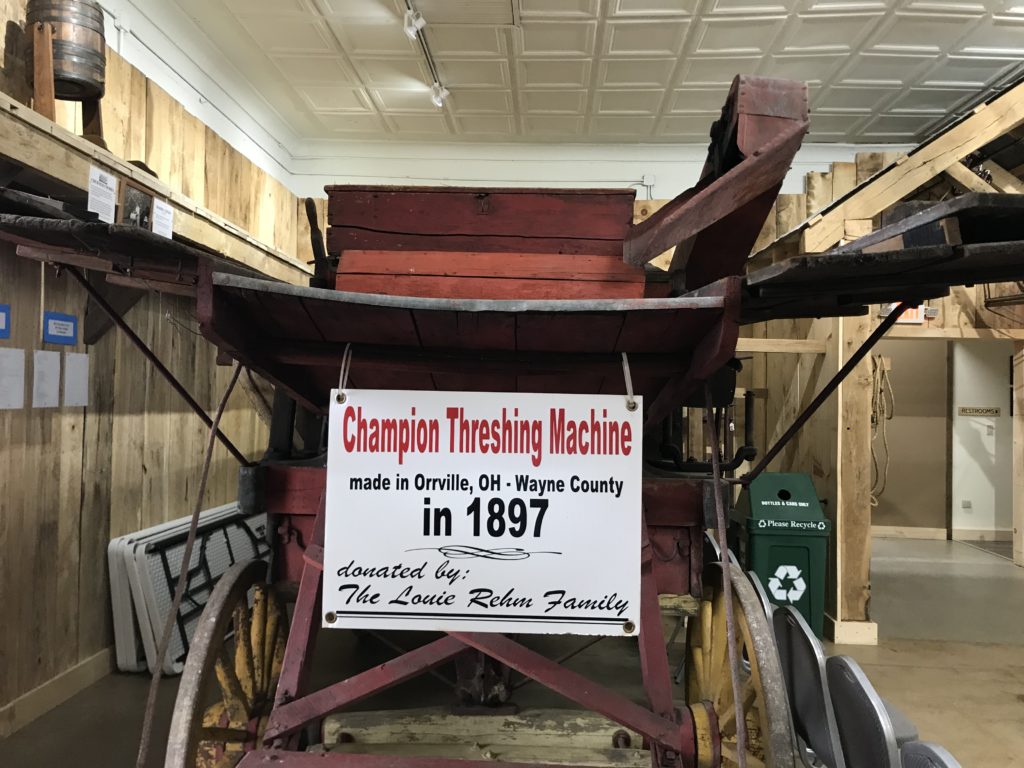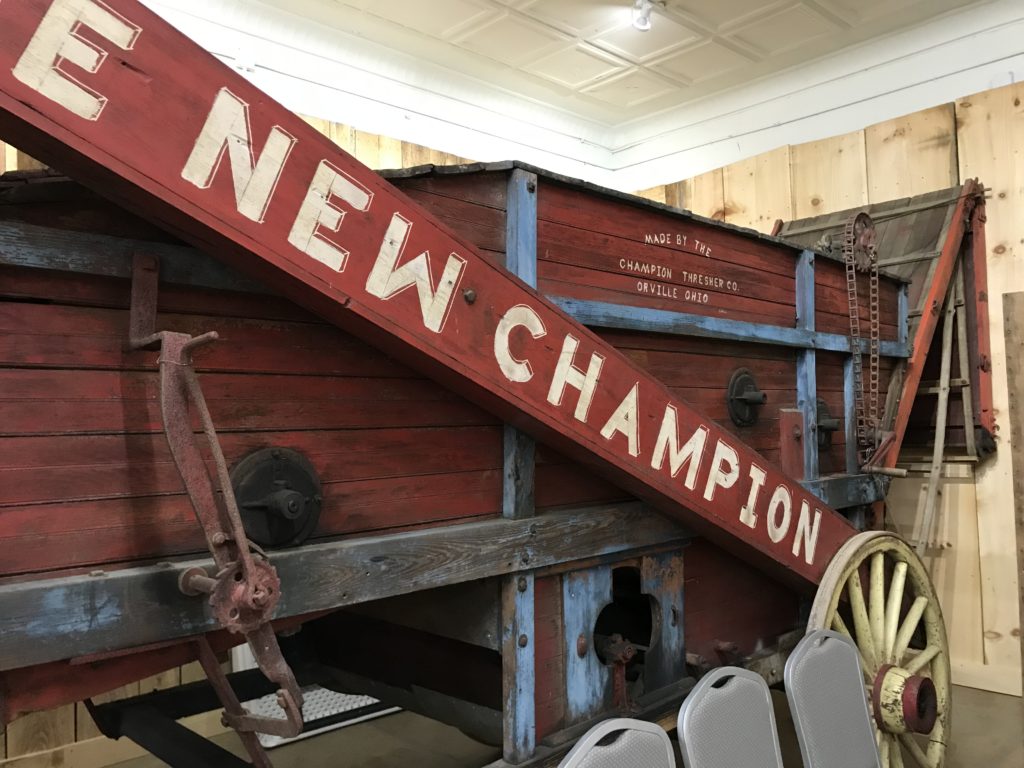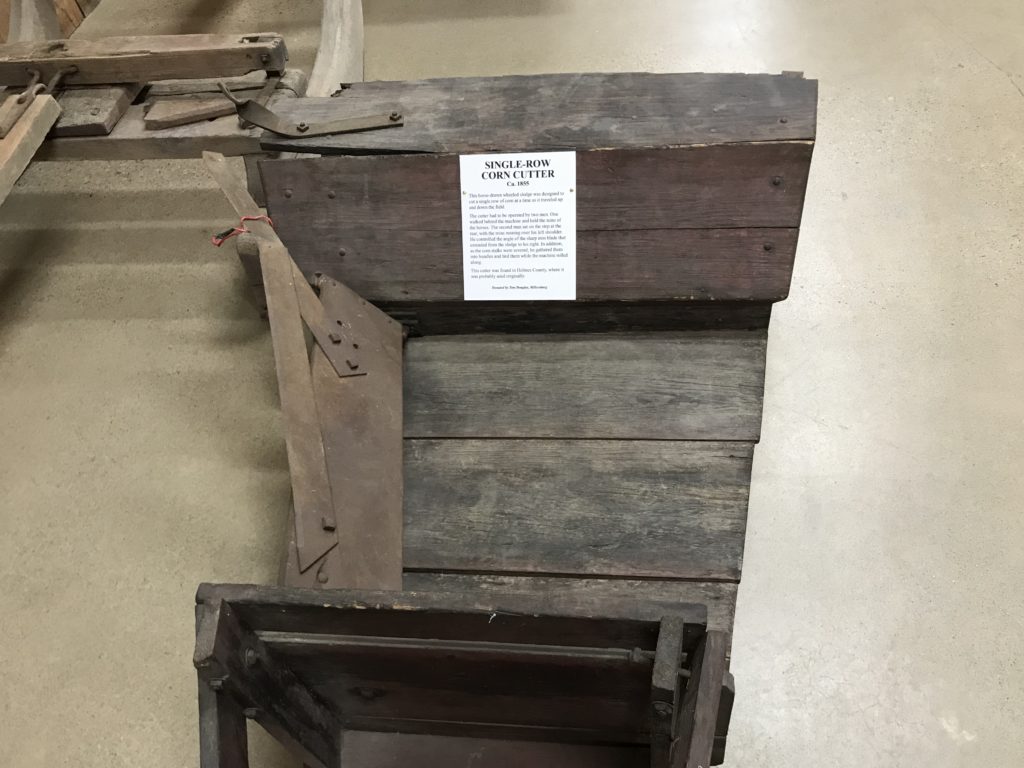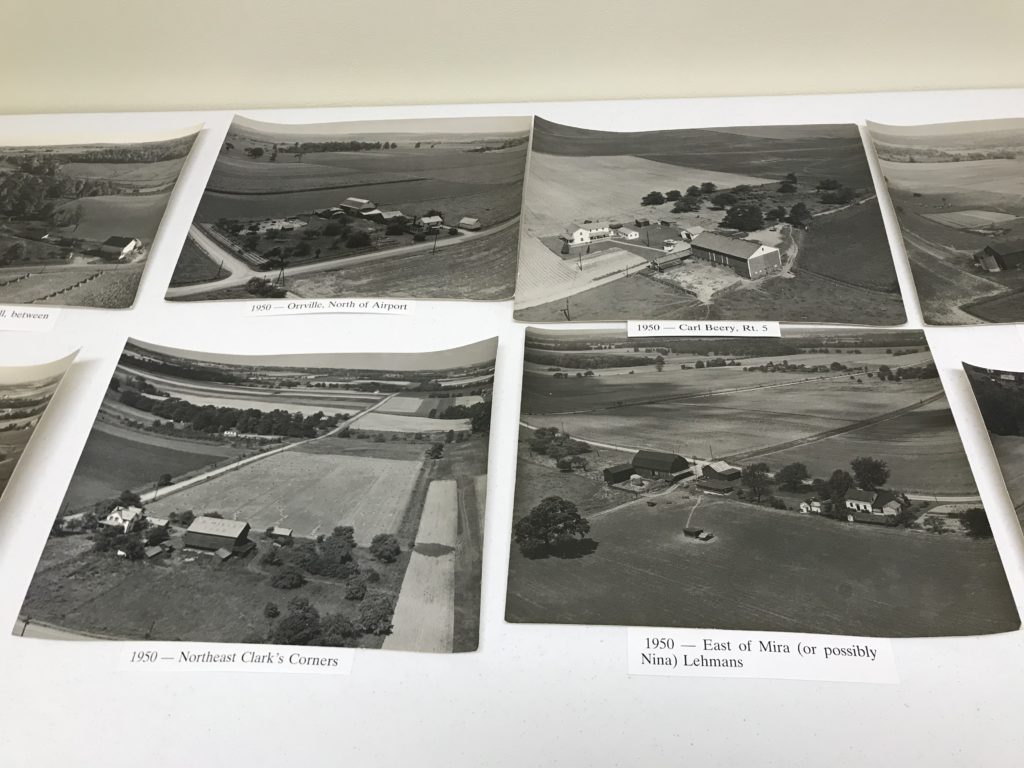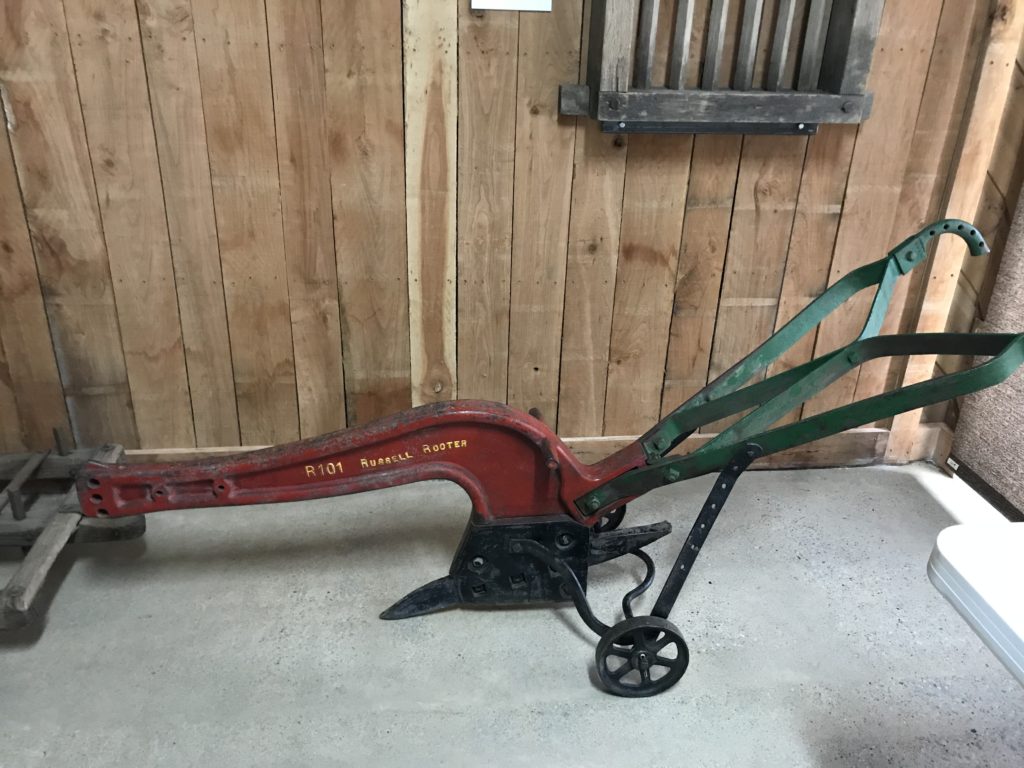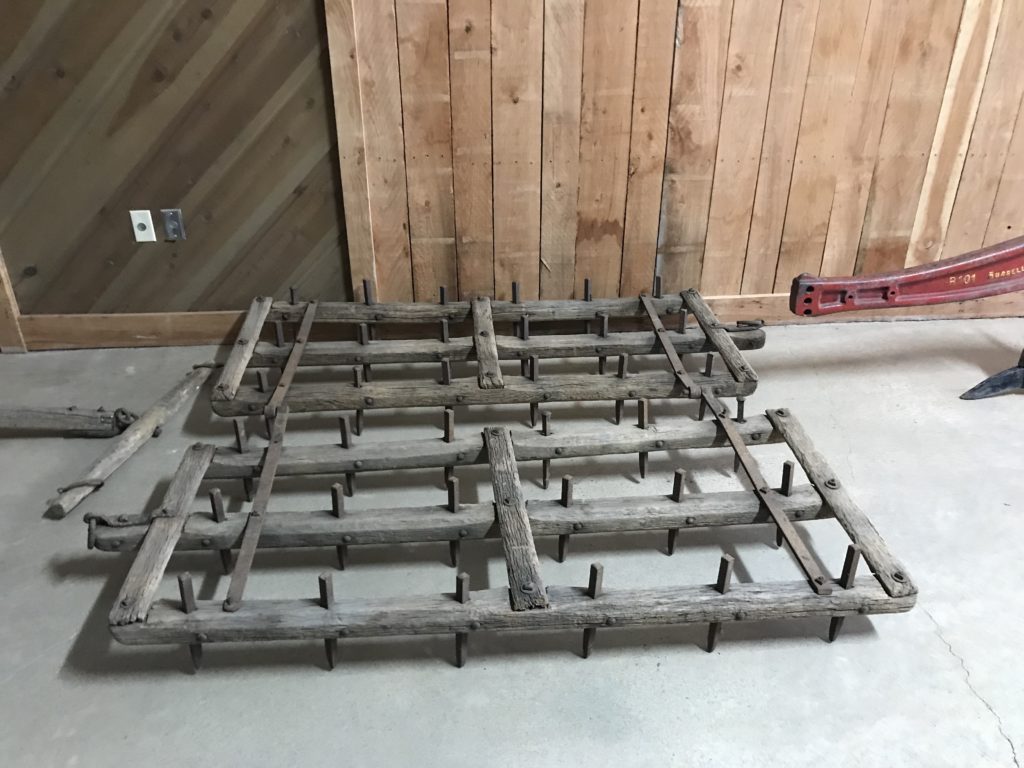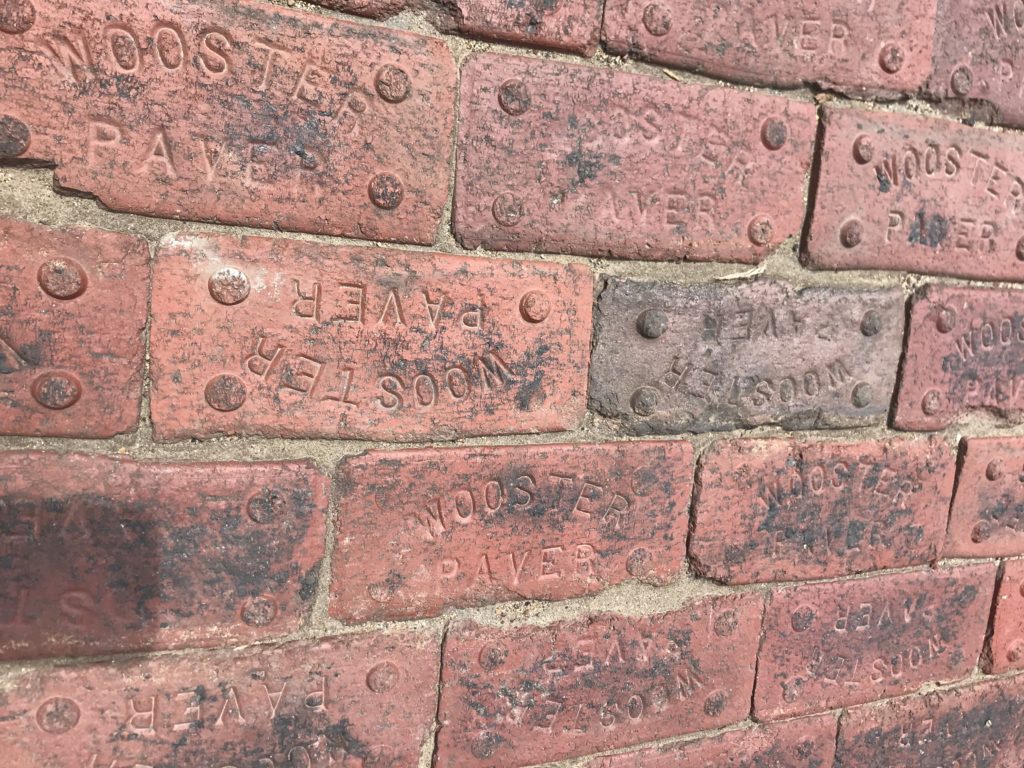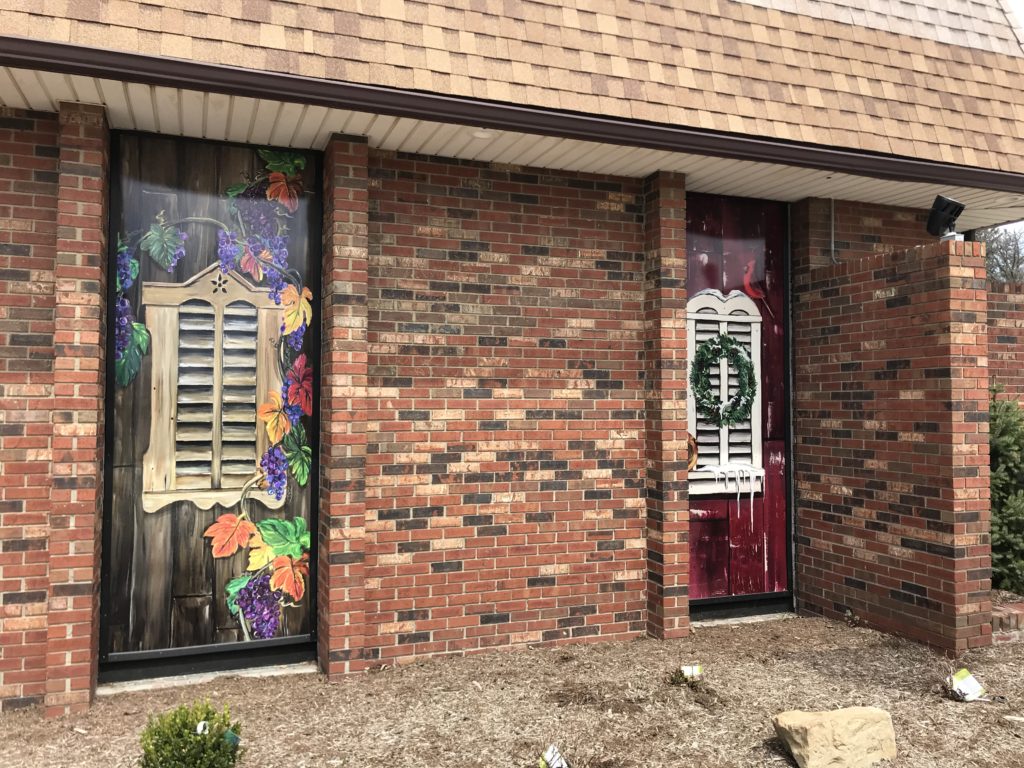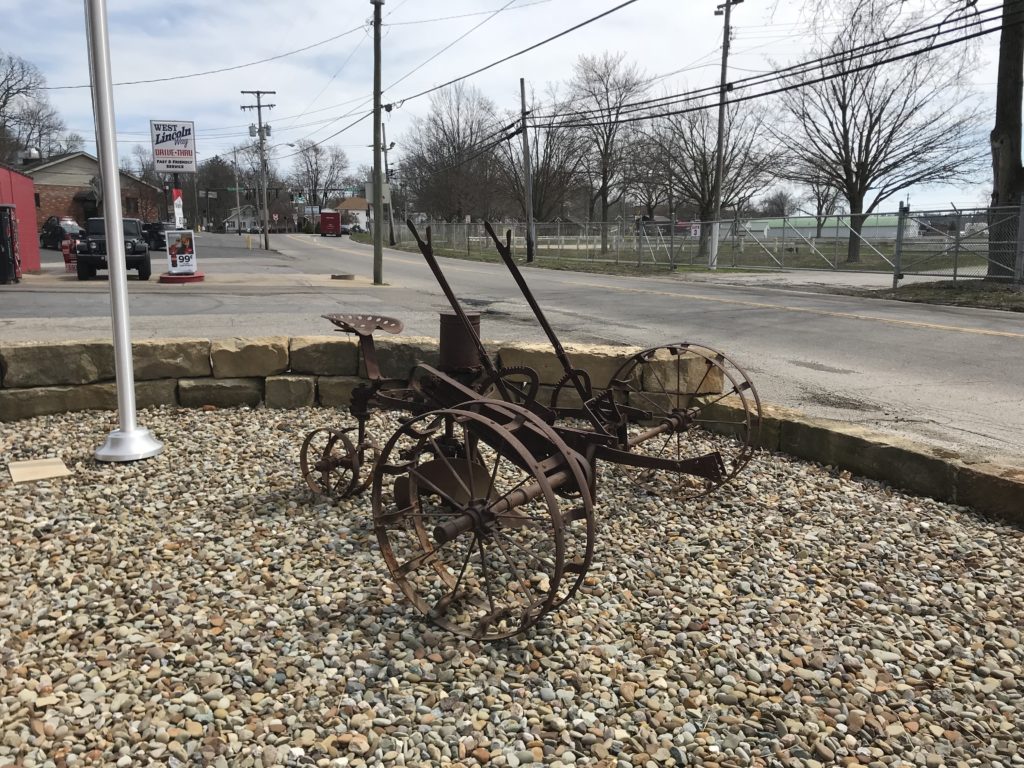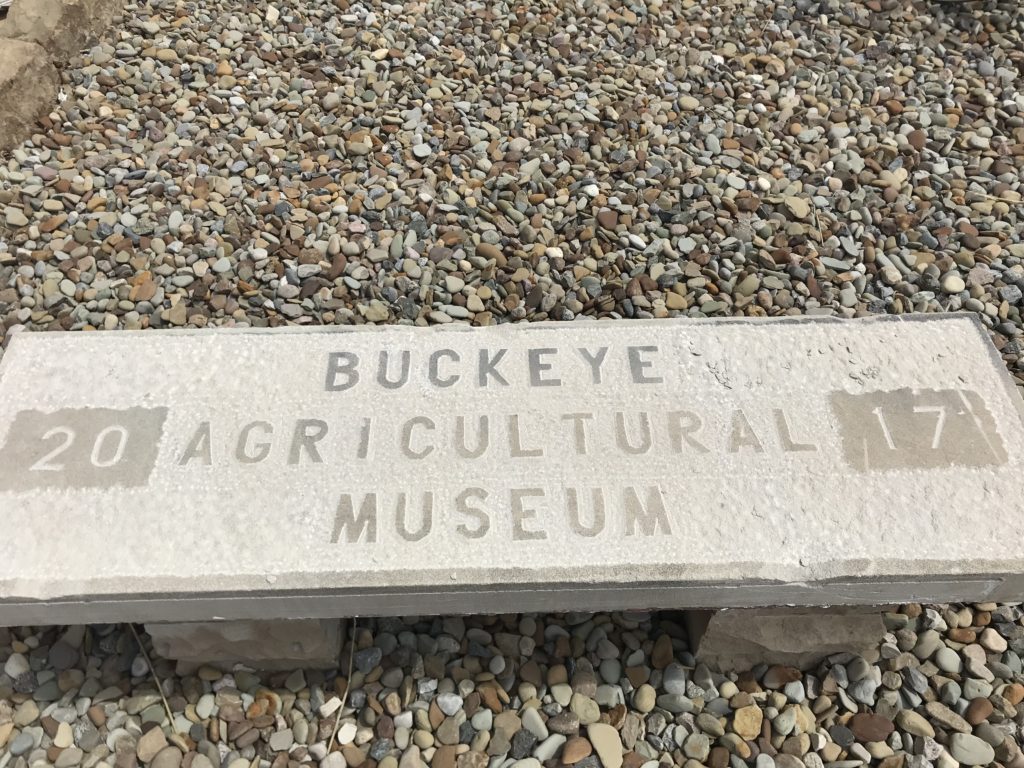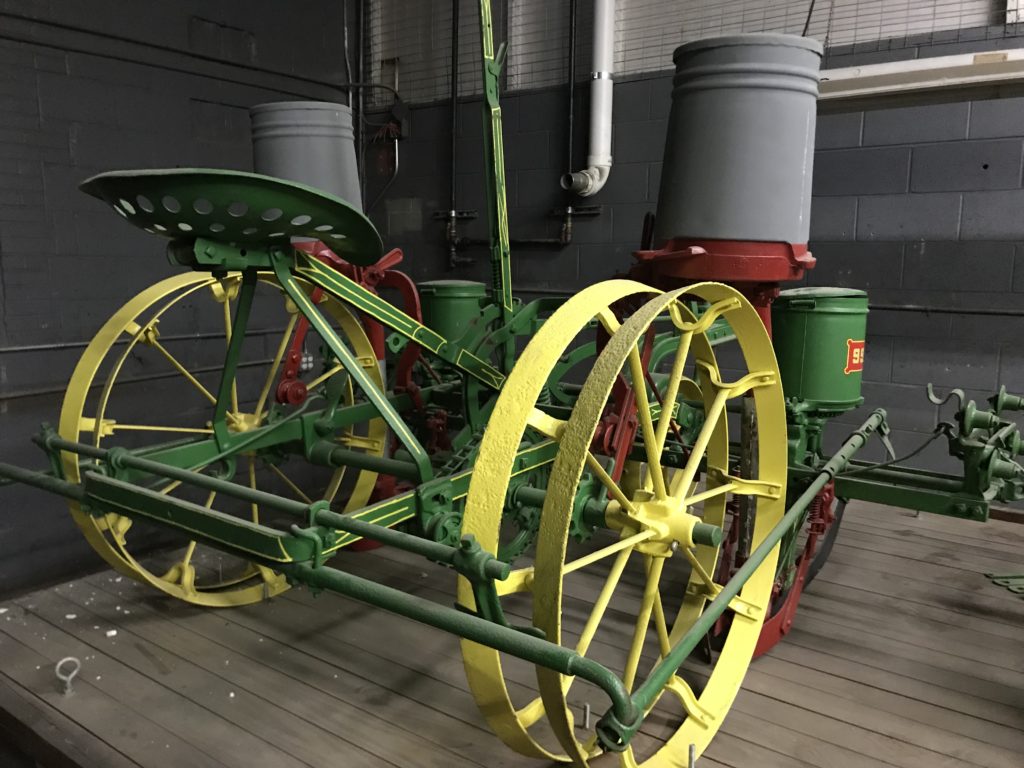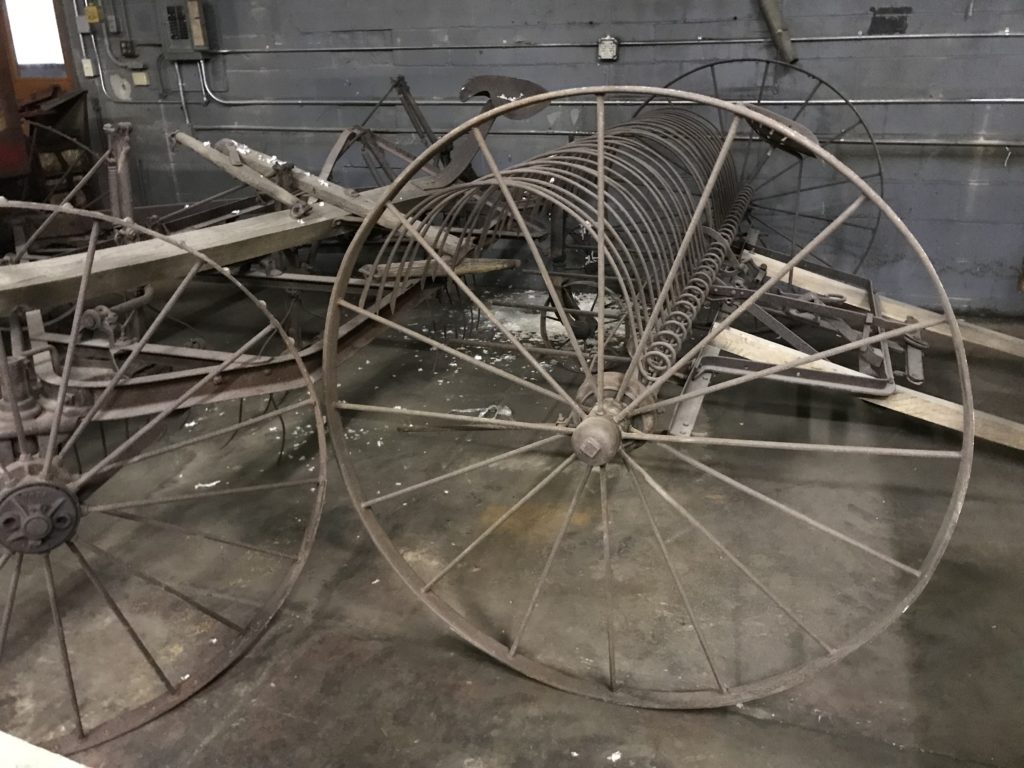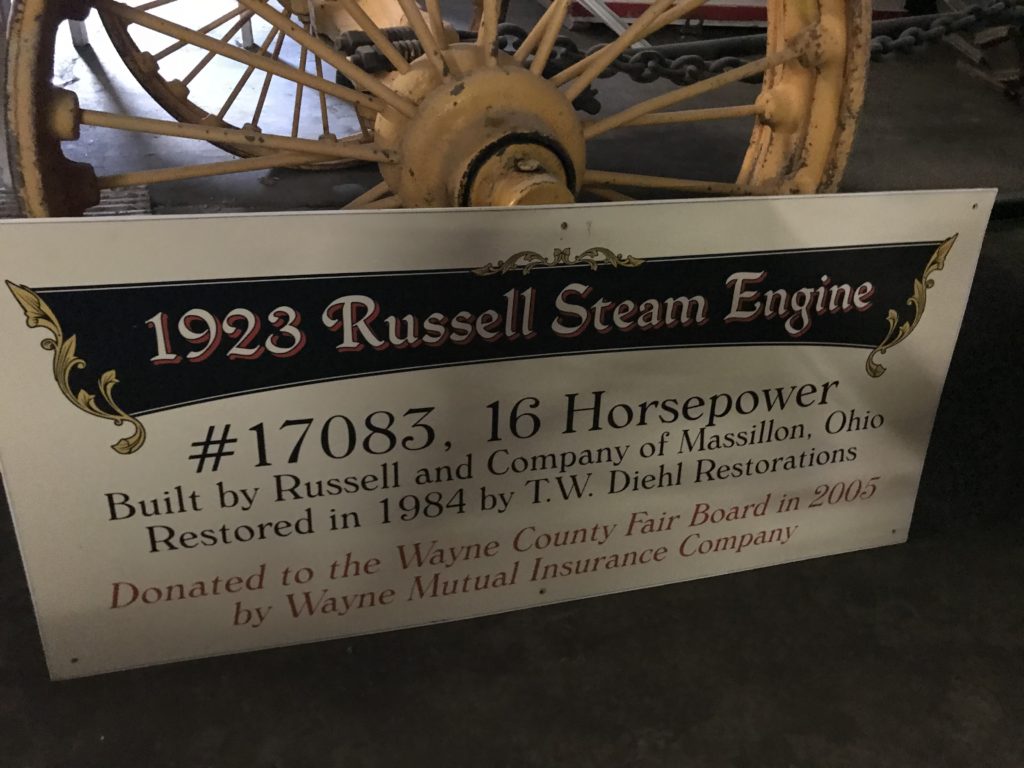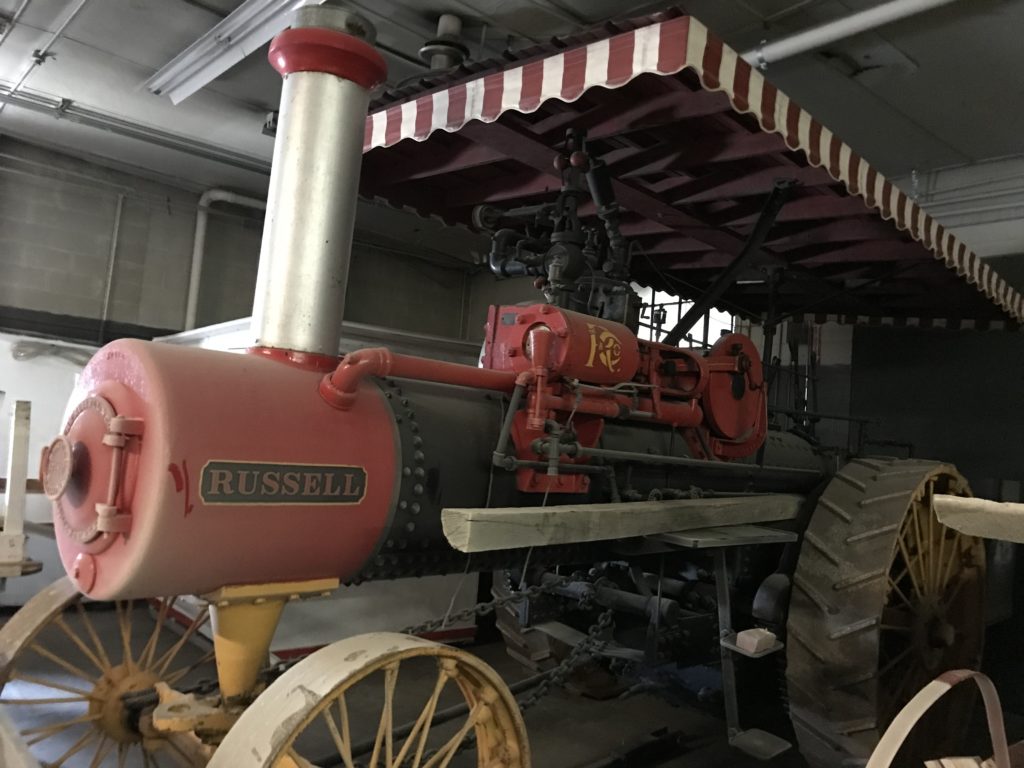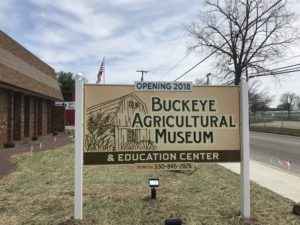 In between Fort Frederica and heading to Pipe Spring National Monument in Arizona, Tom and I spent three weeks in Ohio. Three weeks is never long enough to see everyone, so the days tend to be packed full. We also fit in doctor and dentist appointments and do some shopping in familiar stores. Despite our short timeline, we fit in several adventure days with my parents. The Buckeye Agricultural Museum and Education Center in Wooster was our first adventure day.
In between Fort Frederica and heading to Pipe Spring National Monument in Arizona, Tom and I spent three weeks in Ohio. Three weeks is never long enough to see everyone, so the days tend to be packed full. We also fit in doctor and dentist appointments and do some shopping in familiar stores. Despite our short timeline, we fit in several adventure days with my parents. The Buckeye Agricultural Museum and Education Center in Wooster was our first adventure day.
The Buckeye Agricultural Museum isn’t open to the public yet, but my uncle, Paul Locher, is one of the directors and the curator of the museum. He has also been instrumental in getting the museum going. An Ohio agricultural museum was the dream of my grandfather, Arthur Irvin. His family farmed in Wayne County from the time the county was established. In 1977 the Ohio General Assembly, with the backing of Governor James Rhodes, approved such a museum. But enthusiasm and funds expired when Governor Rhodes term ended.
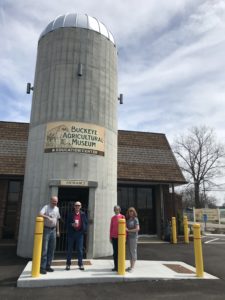 The idea lay dormant, not forgotten, until 2013 when six men formed the “Friends of the Wayne County Fair.” These six men, led by farmer Ron Grosjean and my uncle Paul Locher, were able to revive the idea. The Friends of the Wayne County Fair started raising funds and collecting items. A $400,000 development grant from the state of Ohio allowed them to renovate the building and construct a silo entrance to the museum. They will continue to raise money in different ways, including being able to buy naming rights to a collection room.
The idea lay dormant, not forgotten, until 2013 when six men formed the “Friends of the Wayne County Fair.” These six men, led by farmer Ron Grosjean and my uncle Paul Locher, were able to revive the idea. The Friends of the Wayne County Fair started raising funds and collecting items. A $400,000 development grant from the state of Ohio allowed them to renovate the building and construct a silo entrance to the museum. They will continue to raise money in different ways, including being able to buy naming rights to a collection room.
Uncle Paul gave us a personal, behind-the-scenes tour of the Buckeye Agricultural Museum. He works on it most days since he retired. At least once a week, others join him to work on setting up displays and preparing the building for opening. The building has 19,500 square feet and about half of it will be prepared when the museum first opens.
We saw lots of farm implements, with plenty of information about each piece and who donated it. Aerial pictures of Wayne County farms remind us of the rural background of the county. I was really impressed by a copper kettle and fruit press donated by the Smucker company. These were items used by Jerome Smucker when he started his jam and jelly company back around 1900.
One of the key exhibits of the Buckeye Agricultural Museum is a 16 horsepower, 1923 Russell Steam Engine Tractor, restored by Wayne Mutual Insurance. The engine is in beautiful condition but it will be converted to work on compressed air so visitors can see it operate. But the engine isn’t the only wonderful item donated to the museum. There is a hay trolley, a corn crib, and a cow stanchion. The Tom Orr Farm in Apple Creek donated the “last freestanding granary in Wayne County” which will be a walk-through exhibit.
Other highlights are a Champion Threshing Machine from 1897 and several old, horse-drawn plows. My parents, having grown up on farms, recognized most of the items in the museum. My grandparents donated several items for the museum and Uncle Paul has been storing them.
It was wonderful to tour the Buckeye Agricultural Museum and see this dream of my uncle and my grandfather coming to fruition. The museum will be open to the public every Saturday in May as a trial run. After that they will recruit docents and volunteers and decide on a regular schedule. I imagine it will get a lot of visitors during the Wayne County Fair. Hopefully it will become a standard resource for anyone interested in learning more about the history of farming.

